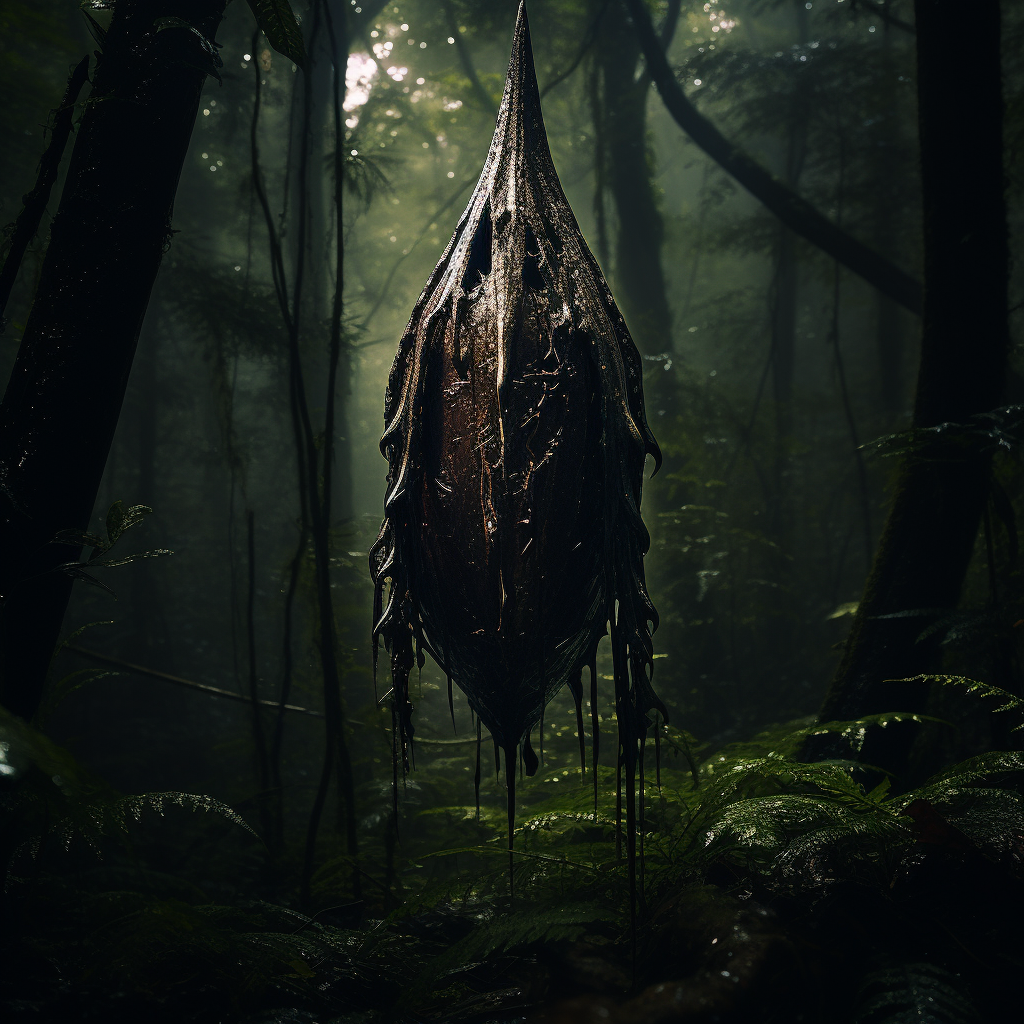twig blights
Twig blights are small malicious plant creatures that enjoy fertilizing themselves with blood. They are brittle and small but they tend to appear in fairly large numbers.
Basic Information
Anatomy
Twig Blights are vaguely humanoid clumps of thorns and vines that tend to stand between two and four and a half feet tall.
They come in many varieties and tend to blend in with the local foilage.
Genetics and Reproduction
Twig blights do not migrate very fast, but extenuating circumstances can lead to them be accidentally or deliberately transplanted.
Most Twig Blights are detached as pods from Murder Tree.
Twig Blights can reproduce by budding from other twig blights. Twig Blights grow larger as they feed on they blood. Once they begin to approach five feet tall, can split their mass into two twig blights.
Dietary Needs and Habits
Twig Blights can plant themselves in the ground and survive off of rain water, soil, and sunlight just like ordinary plants do, but they need animal blood in order to grow larger.
Whether or not they prefer the blood of mortals over the blood of beasts remains a subject of debate.
Additional Information
Uses, Products & Exploitation
Twig blights have never been domesticated, but they have been tamed.
Wilderness savvy arcane and divine spell-casters with a misanthropic bent have been known to cultivate and spread twig blights into the lands of their enemies. Twig Blights have no morals and little intelligence, but they are shrewd enough not to bite the hand that feeds them.
Without the use of powerful magic, Twig Blights cannot be given complex or precise orders, but they can directed to attack in a general direction.
Facial characteristics
they appear almost indistinguishable from ordinary brambles if they simply stay still, their faces become more humanoid when they are hunting or attacking.
Fortnately for most thinking creatures with blood in their veins, few twig blights are patient and cunning enough to maintain their
Geographic Origin and Distribution
Twig blights can grow anywhere but they tend to thrive best in somewhat remote places. When twig blights grow in highly populated places, they tend to be purged quickly. When twig blights grow in remote desolate places, they often have trouble finding prey and grow and spread very slowly.
Perception and Sensory Capabilities
They have relatively poor eye sight compared to humans but have superior senses of hearing and smell. Able to hear approaching footsteps from a distance and track wounded targets by the smell of their blood.
Civilization and Culture
History
The origin of Twig Blights is unknown but they existed at least as far back as the Second Age.
It is generally speculated that they were created by Greymoria, Maylar and/or Korus or else created by their more misanthropic followers as living weapons.
Others believe they were accidentally byproducts of some other magical undertaking.
Genetic Ancestor(s)
Lifespan
ten active years max, but they can extend their lifespan by hibernating
Average Height
3'6"
Body Tint, Colouring and Marking
If a twig blight moves to a foreign location, it will quickly change their color and texture to blend in with the local foilage.
Geographic Distribution




Comments